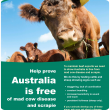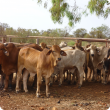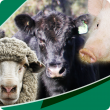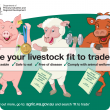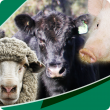Filter by regions:
- (-) Remove Goldfields-Esperance filter Goldfields-Esperance
- (-) Remove South West filter South West
- Wheatbelt (249) Apply Wheatbelt filter
- Great Southern (248) Apply Great Southern filter
- Mid West (244) Apply Mid West filter
- Peel (236) Apply Peel filter
- Perth regions (204) Apply Perth regions filter
- Gascoyne (175) Apply Gascoyne filter
- Pilbara (159) Apply Pilbara filter
- Kimberley (154) Apply Kimberley filter

